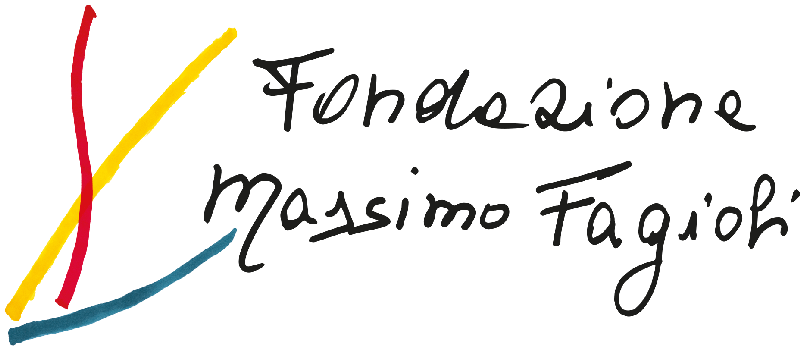Evolution is a continuous change, but human beings have displayed such exceptional capabilities compared to animals that an evolutionary leap from the common ancestors cannot be ignored. In this paper we argue that Massimo Fagioli’s Human Birth Theory helps to identify and to understand the evolutionary leap, or rather a double evolutionary leap, while remaining in harmony with the theory of evolution founded by Darwin. Precisely, in order to identify the double leap, we propose the following hypothesis. The suggestion comes from Human Birth Theory’s distinction between the ‘birth’ of human beings, in which a creative potential emerges (thanks to the ‘pulsion’ as a biological reaction), and the ‘re-creation of birth’, in which that potential can be realized in later ages (thanks to the ‘fantasy’ as transformative activity). An analogous distinction can thus be hypothesised between the origin of the genus Homo, in which new capabilities emerge compared to other hominins (e.g. the paranthropes), and the subsequent origin of the species H. sapiens, in which those abilities develop compared to other hominids (e.g. Neanderthals). In order to better understand the second leap, we propose the hypothesis that the origin of H. sapiens is characterized by a new role played by social relationships, as they are no longer just instrumental for survival but become substantive (i.e., not substitutable) for the evolution of the species. Finally, to understand why all other Homo species have become extinct, we propose the hypothesis that they lacked the capability to ‘re-create birth’. These hypotheses, supported by many scientific studies, could open up new research.
Essential references
- Bocquet-Appel, J.-P., & Degioanni, A. (2013). Neanderthal demographic estimates. Current Anthropology, 54, S202-2013.
- Bowles, S., & Gintis, H. (2013). A Cooperative Species. Oxford: Oxford University Press.
- Burkart, J.M., Hrdy, S.B., & Van Schail, C.P. (2009). Cooperative breeding and human cognitive evolution. Evolutionary Anthropology, 18, 175-86.
- Dunbar, R. (2016). The social brain hypothesis and human evolution. Oxford Research Encyclopedia, Psychology. https://oxfordre.com/psychology/view/10.1093/acrefore/9780190236557.001.0001/acrefore-9780190236557-e-44 (Consultato il 19 luglio 2022).
- Fagioli, M. (1972). Istinto di Morte e Conoscenza. Armando [ed. 2017, Roma: L’Asino d’Oro].
- Fagioli, M. (2006). Muse, ninfe e sirene. Il Sogno della Farfalla, 1, 16-23.
- Fagioli, M. (2014). Left 2011. Roma: L’Asino d’Oro.
- Fagioli, M. (2015). Left 2012. Roma: L’Asino d’Oro.
- Fagioli, M. (2019). Left 2016-2017. Roma: L’Asino d’Oro.
- Galway-Witham J, Cole, J., & Stringer, C. (2019). Aspects of human physical and behavioural evolution during the last 1 million years. Journal of Quaternary Science, 34, 355-378.
- Langley, M.C., Benitez-Burraco, A., & Kempe, V. (2019). Playing with language, creating complexity: has play contributed to the evolution of complex language? Evolutionary Anthropology, 29, 29-40.
- Mellars, P. (2005). The impossible coincidence. Evolutionary Anthropology, 14, 12-27.
- Neubauer, S., Hublin, J.-J., & Gunz, P. (2018). The evolution of modern human brain shape. Science Advances, 4, eaao5961.
- Nielsen, M., Langley, M.C., Shipton, C., & Kapitány, R. (2020). Homo neanderthalensis and the evolutionary origins of ritual in Homo sapiens. Philosophical Transactions of the Royal Society B, 375, 20190424.
- Nowell, A. (2016). Childhood, play and the evolution of cultural capacity in Neandertals and modern humans. In M. Haidle, N. Conard & M. Bolus (Eds.), The Nature of Cultures (pp. 87-97). Berlin: Springer.
- Shultz, D.R., Montrey, M., & Shultz, T.R. (2019). Comparing fitness and drift explanations of Neanderthal replacement. Proceeding of the Royal Science B, 286: 20190907.
- Vaesen, K., Dusseldorp, G.L., & Brandt, M.J. (2021). An emerging consensus in palaeoanthropology: demography was the main factor responsible for the disappearance of Neanderthals. Nature Portfolio Scientific Report, 11, 4925.
- Wynn, T., Overmann, K., & Coolidge, F.L. (2016). The false dichotomy: a refutation of the Neandertal indistinguishability claim. Journal of Anthropological Sciences, 94: 201-221.
- Zwir, I., Del-Val, C., Hintsanen, M., Cloninger K.M., Somero-Zaliz, R., Mesa, A. et al. (2022). Evolution of genetic networks for human creativity. Molecular Psychiatry, 27, 354-376.
